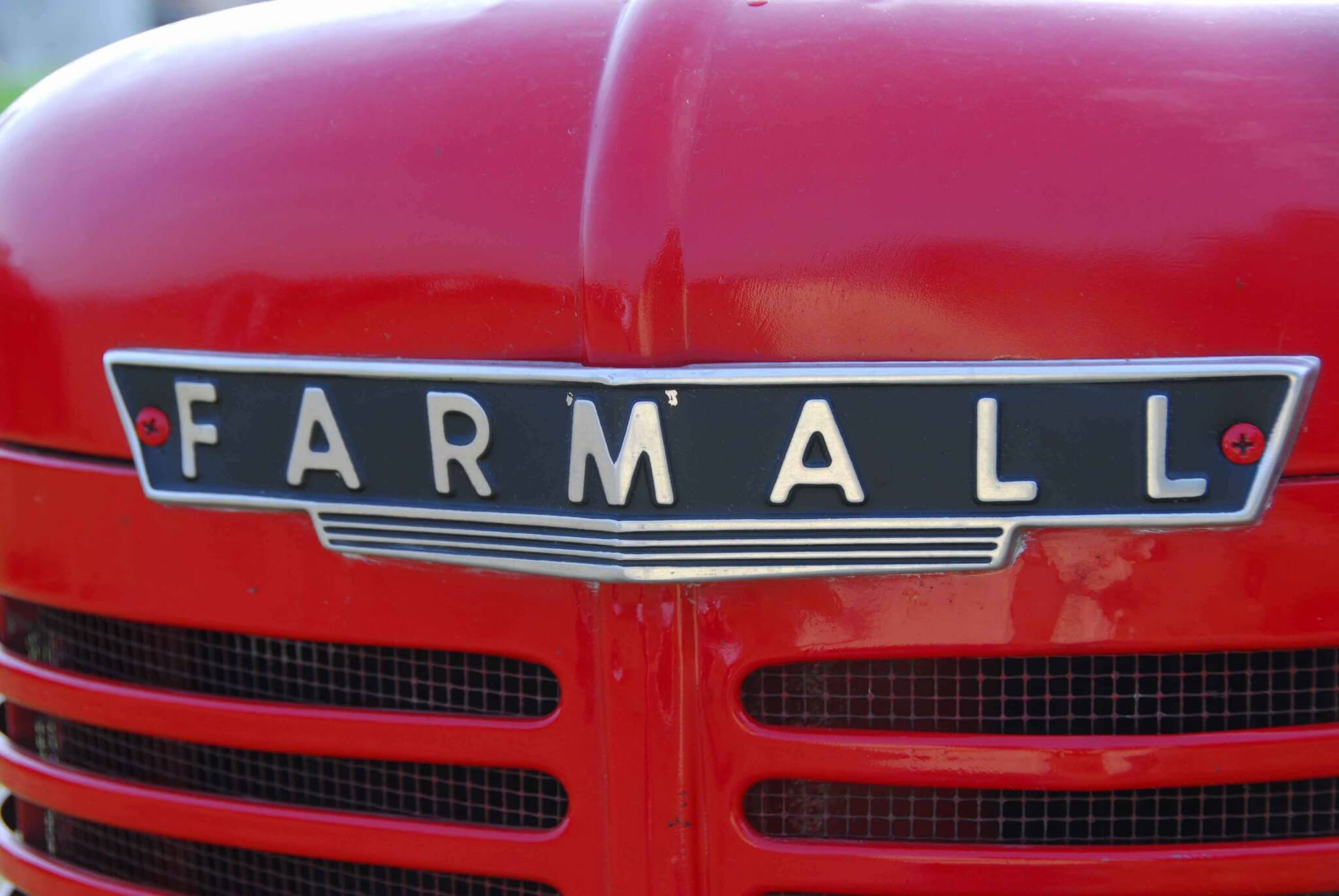Tractor Talk: 1941 Farmall MD Diesel: First Of The Breed
When International Harvester debuted its new Raymond Loewy-designed Letter Series tractors in 1939, it was one of their bigger advancements. The improvements came on just about every level, starting with the Lowey styling and ending with solid advancements on the technical side and a bigger big tractor, the Model M, to replace the F-30. Three styled tractors debuted initially, the small A, the midsized H and the burley M, followed shortly after by a Model B, which was mostly an adaptation of the A. These tractors replaced the rather skeletal-looking F-series models and supplanted the W-series fixed tread units, which benefitted from the same level of advancement a year later.
What was missing in the 1939 debut, and what most concerns we soot-heads, is a diesel option. IHC had a diesel option then, one that dated back to 1934. Their 1934-1940 WD-40 was a fixed-tread unit of a type we would later consider a standard tractor, or a Wheatland model. It was for sale through 1940 as the company’s only wheeled diesel farm tractor. For 1941, the Farmall MD (D for diesel) debuted as the company’s first general purpose, adjustable tread diesel farm tractor and a new WD-6 would replace the WD-40 and a more powerful WD-9 would also appear.
The MD diesel was simply a model M, same features and options, but with International’s newly upgraded gas-start diesel. While the MD engine was of a similar design to the WD-40, it had five rather than three main bearings and displaced 248 cubic inches versus 460. They both made approximately the same belt horsepower, which illustrated the improvements in diesel technology. Like the older IH diesel, the MD was two engines in one. For starting and warmup, it operated on gasoline but was then switch over to diesel operation. That was innovative technology in the day, when the few ag diesel in use were started by gasoline pony engines or with compressed air.
To start the engine, the driver operated a compression release lever opening a third valve in the cylinder head, called the starting valve, uncovering a separate combustion chamber that both increased the combustion chamber size and exposed the spark plug. With the starting valve open, the engine had a 6.75:1 CR and used a tiny, fixed-orifice carburetor designed only to run the engine at a fast idle. At the same time, the control disengaged the distributor ground, opened a fuel valve in the carb and a butterfly valve that connected the gas cycle combustion chamber to inlet air and closed the diesel intake.
The engine was cranked over using a 12-volt starter and would idle at 6-800 rpm. This was enough to warm the engine up as long as needed for diesel combustion to be possible. Though there was a choke, idle speed was not controllable by the driver. After warming the engine up for one to three minutes, the compression release lever was pulled back briskly. That closed the starting valve, shut off the gas to the carb, grounded the distributor (killing the spark), closed the gas intake manifold and enabled the diesel injection pump. The engine then began running on diesel with barely a hiccup. For the shut down, you switched back to gas and shut the engine off with the ignition switch, making it ready for the next start.
This all seems pretty onerous today but it was one of the more effective ways to start a diesel before batteries and starting systems had enough oomph to spin a diesel over in cool weather, let along cold. Practical glow plug systems were still a decade or more in the future, again limited by battery capacity. The direct start diesels were a big deal when they debuted in the mid 1950s.
The MD was rated in a 1941 Nebraska Tractor Test at 36 belt horsepower, about three less than the gas engine whose block and bore/stroke the diesel shared. Both the gas and diesel had the same rated speed, 1,450 rpm, but the diesel was, of course, more economical. The gas 248-cid four burned 3 GPH at full power while the diesel used 2.4 GPH. The diesel maintained the same lead over the gasser in the in the varying load tests, averaging 1.56 GPH versus the gasser’s 2.16 GPH. With the MD’s 16-gallon fuel tank, a farmer could conceivably do a day’s work on one tank of fuel.
The diesel was backed up by a five-speed transmission and IH advertised the tractor could run an then-impressive 16 mph on the highway. Options included a side-mounted belt PTO, a rear PTO (not live), and swinging rear drawbar. The rear tread width was adjustable from 52 to 88 inches. An optional hydraulic lift, called the Lift-All was optional and worked with most of the available implements built by IH.
The International Harvester MD was a pivotal development that brought diesel power into the farming mainstream. That’s not to say farmers were lining up in throngs to buy the MD, or any other diesel tractor, but one by one they learned the benefits of diesel power. That was despite the learning curve and sometimes-cranky new technology. It was a long time before diesel tractors became as user friendly and familiar as the gas and distillate (kerosene) fueled tractors, but after 1941, the industry got it’s first milepost in the MD.
Typical Specifications: 1941 Farmall MD
Engine- Four-cylinder IH
Displacement: 247.7 cid
Bore & Stroke: 7.88 x 5.25 in.
*Rated Belt Power: 36.56 hp @ 1,451 rpm
*Rated Drawbar Power: 33.04 hp @ 1,451 rpm
Compression Ratio: 16.5:1
Transmission: Five-speed
Weight: 5,300 lbs. (unballasted)
Tires: Front- 6.50-16
Rear- 12-38
*Fuel Consumption: 2.404 GPH @ full power
Top Speed: 16 mph
*As Rated by Nebraska Tractor Test 368

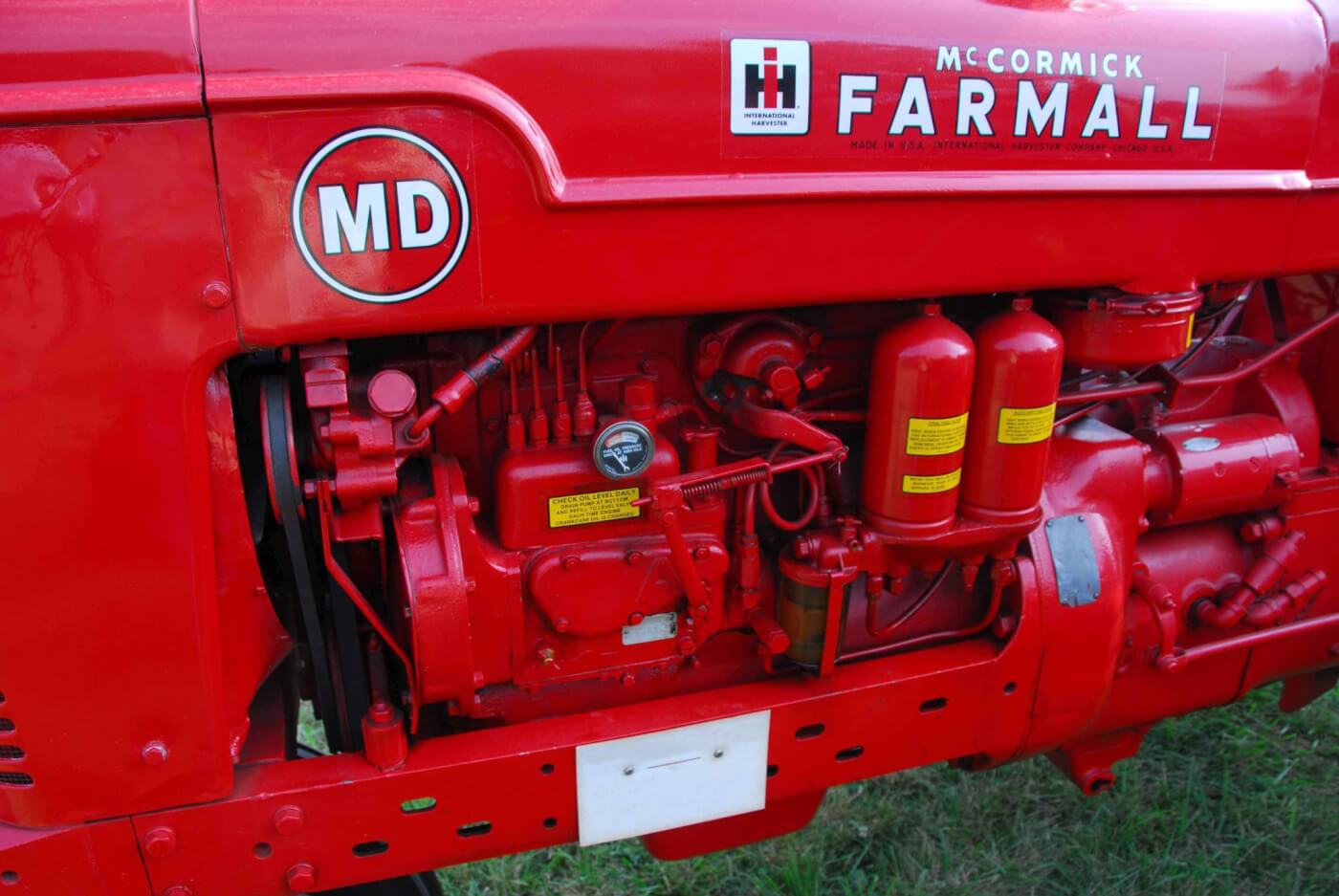
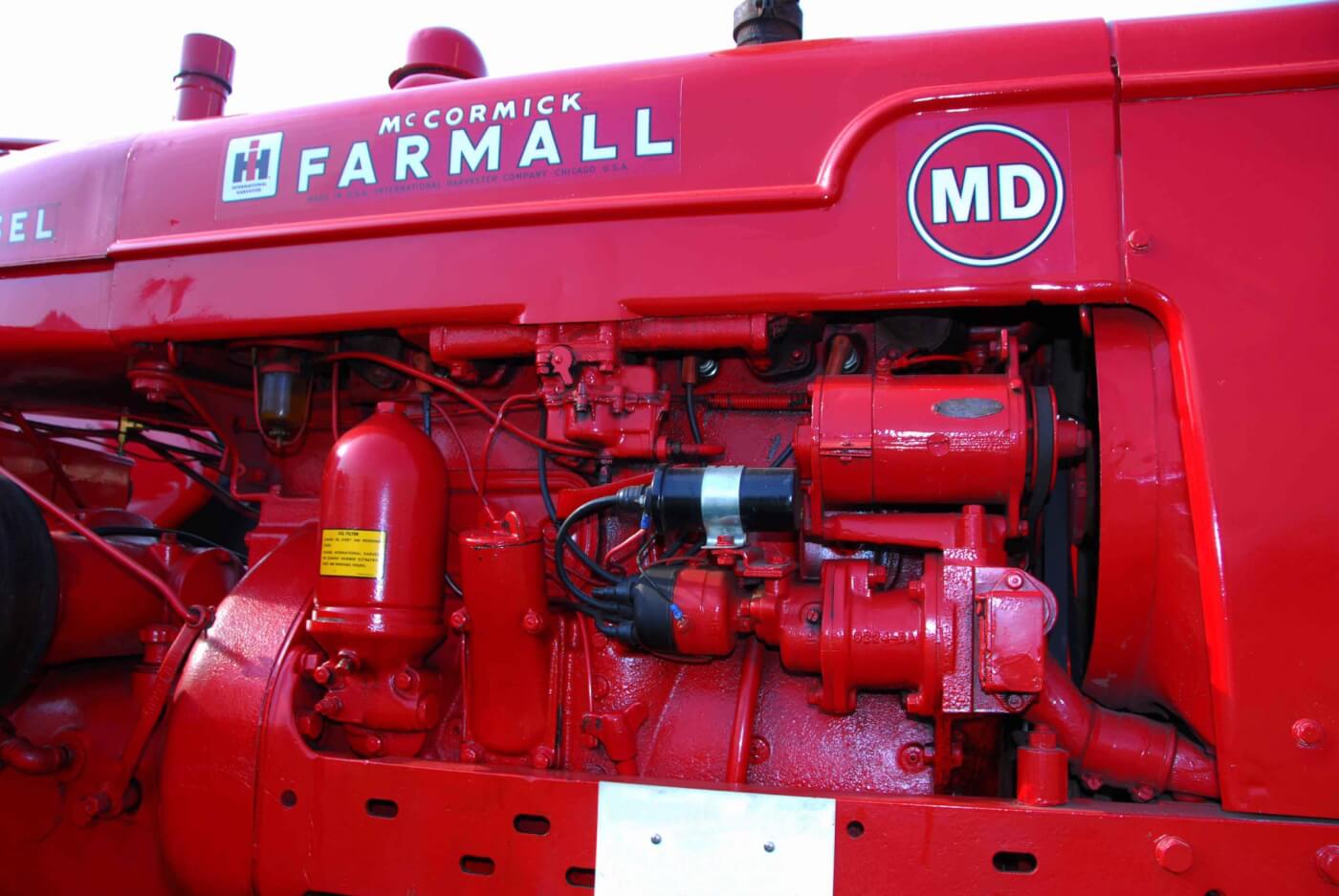
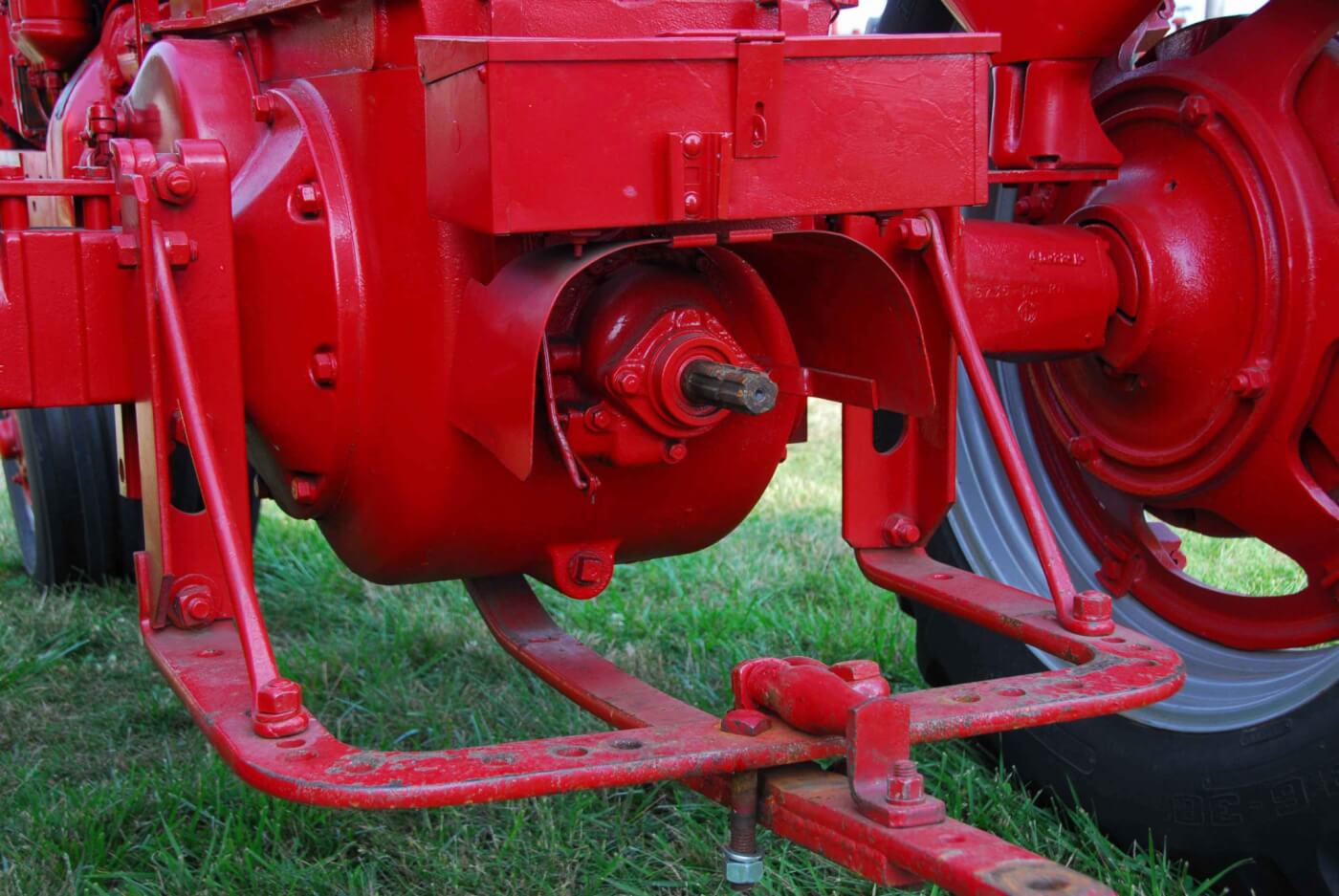
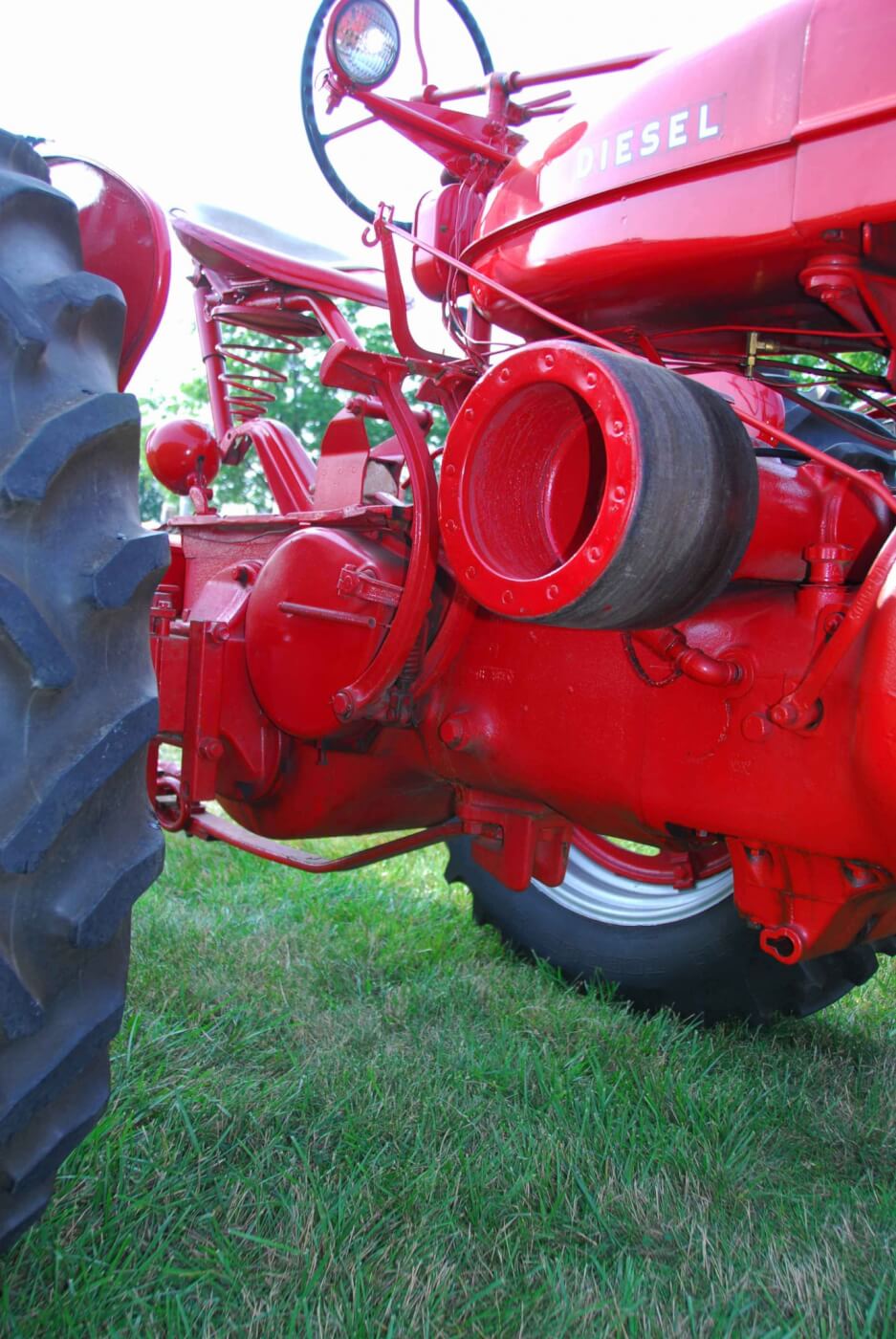
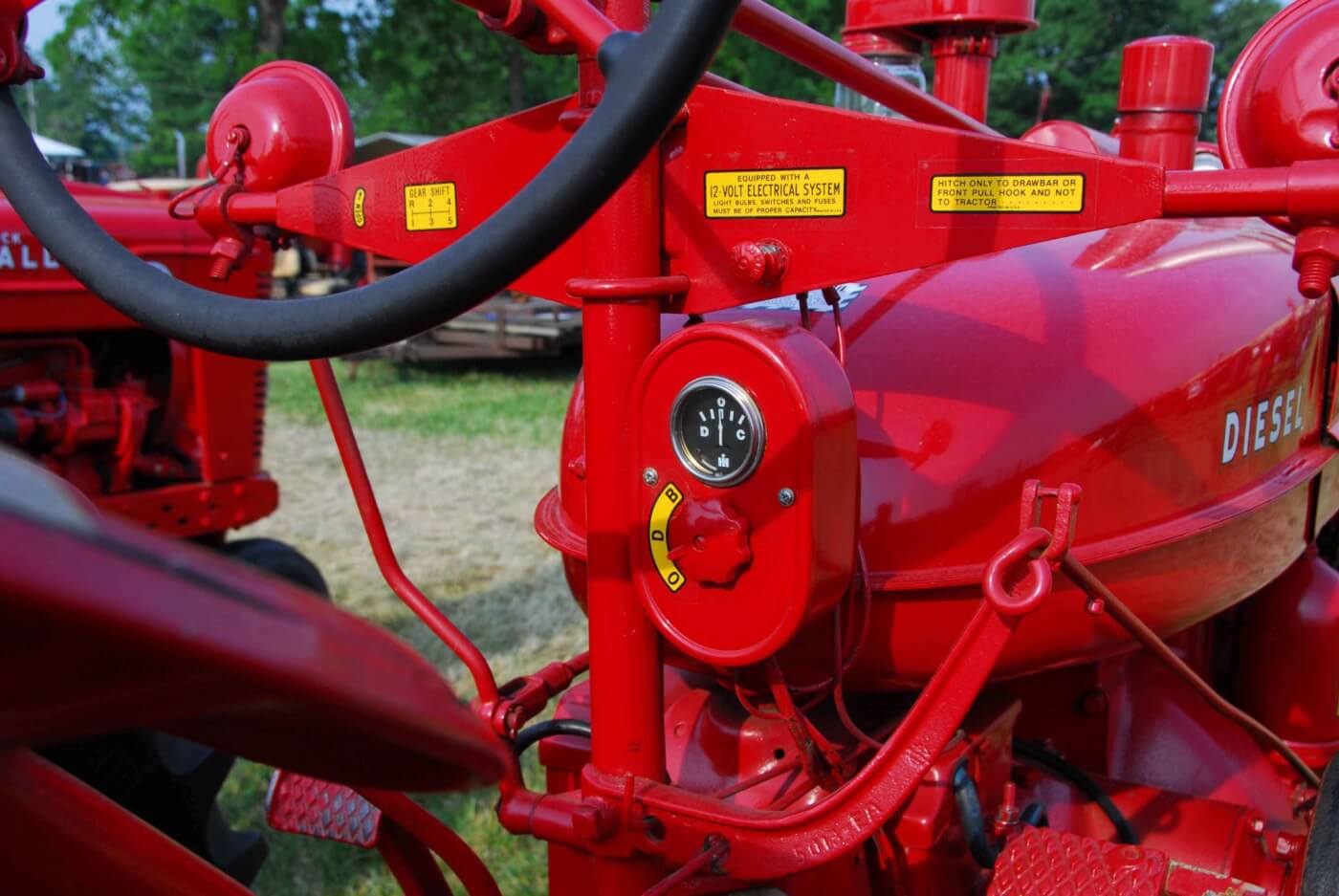
If old agricultural equipment is your cup of tea, then check out this list of ten vintage tractors that are classy and will certainly get the job done!



